Now, what if the motorcycles in the future are smart enough to sence your mental state and alter its characteristics accordingly?
Please Tell Us Your Location
This allows us to provide relevant content for you.
Popular Cities
Africa Twin [2017-2018] key highlights | |
|---|---|
| Engine Capacity | 999.11 cc |
| Transmission | 6 Speed DCT Automatic |
| Kerb Weight | 245 kg |
| Fuel Tank Capacity | 18.8 litres |
| Seat Height | 840 mm |
| Max Power | 86.04 bhp |
Honda has made improvements to the Africa Twin that you didn’t know it needed.

It’s been a year since the Honda CRF1000L Africa Twin was launched, and Honda has updated it for the 2018 model year. It gets a few mechanical and electronic updates, and we went on a ride to see how much of a difference it makes.

The engine has a lighter balancer shaft and a longer airbox. Power and torque figures are marginally higher at 87bhp and 93Nm. A sub-3kg lithium-ion battery cuts weight as well. The final mechanical change is a switch to Bridgestone tyres from the earlier model’s Dunlops. The electronics package now includes four rider modes – Urban, Tour, Gravel and User – and the traction control has seven levels, up from the previous three. The switch to engage the gearbox from neutral has changed. Neutral and Drive/Sport are now an up/down toggle, rather than the unwieldy right/left on the old bike. However, changing to manual mode is more difficult now, as it is a smaller button on the inside of the previous switch.

Finally, the new display is a single rectangle that houses a circular tachometer within it. Other things like the fuel and temperature gauges have had their positions changed as a necessity, because the 2018’s display now crams in a lot more information. The power (three levels), engine braking (three levels, again) and traction control (seven levels) are on display at all times, and each can be individually tailored even in the preset modes. However, they reset once the bike is switched off. There is a full trip computer as well, with everything from twin trip meters, to instant fuel consumption, to average consumption, average speed, and distance to empty all accessible via buttons on the left handlebar.

You can’t feel the changes on the 2018 Africa Twin immediately, and this is a testament to how good the original product is. But there is always room for improvement, and Honda has found the places it needed to improve. The 2018 year model has much better throttle response, especially from rest and at walking speeds. The DCT gearbox also has better refinement, with noticeable improvement in the shift from the first to second speed. The seven-step traction control helps fine-tune slides off-road, but what is really useful to the average Joe is the power and engine braking settings. Set it to three, and riding in traffic becomes so much easier. Increase the engine braking setting, and riding up and down mountain roads with pace becomes so much easier. There is nothing wrong with the 2017 model; it is simply that the 2018 model is better.

The display packs in a lot more information and as a consequence, it is a little difficult to understand immediately, despite the company claiming that it is easier to read while standing. The old bar-style tacho was definitely easier to see, and it was simpler, so there were less things to adjust and display. The button that toggles from automatic to manual mode is also more difficult to reach, but with so many options for the gearbox, power and engine braking to choose from, we don’t expect many riders to actually select manual mode often.

What you see is a heavily accessorised example of the 2018 Africa Twin, but the price tag for a stock one has gone up by ₹ 33,000 ex-showroom over the old model, and that makes it of better value than the 2017 bike, at ₹ 13.2 lakhs, ex-showroom, Delhi.
Images: Kaustubh Gandhi
Full Review

Kawasaki KLX450R
449 cc, 126 kg, 5 Speed Manual
Avg. Ex-showroom price
₹ 8,99,000
Kawasaki Z650RS
649 cc, 67.31 bhp, 192 kg, 6 Speed Manual
Avg. Ex-showroom price
₹ 6,92,035
Kawasaki KX450
449 cc, 110.2 kg, 5 Speed Manual
Avg. Ex-showroom price
₹ 8,59,524
Ducati Scrambler 1100
1,079 cc, 84.48 bhp, 206 kg, 6 Speed Manual
Avg. Ex-showroom price
₹ 13,40,000
Kawasaki KX250
249 cc, 108 kg, 5 Speed Manual
Avg. Ex-showroom price
₹ 7,99,000
Suzuki Katana
999 cc, 150.19 bhp, 217 kg, 6 Speed Manual
Avg. Ex-showroom price
₹ 13,68,247
Kawasaki Ninja 1000
1,043 cc, 140.13 bhp, 238 kg, 6 Speed Manual
Avg. Ex-showroom price
₹ 12,19,982
Kawasaki Versys 1000
1,043 cc, 118.27 bhp, 255 kg, 6 Speed Manual
Avg. Ex-showroom price
₹ 12,30,979
BMW F900XR
895 cc, 97.89 bhp, 219 kg, 6 Speed Manual
Avg. Ex-showroom price
₹ 12,54,954Couldn’t find what you were looking for?
View 200+ bikes from over 30 brands
Displacement 999.11 cc
Max Power 86.04 bhp @ 7,500 rpm
Max Torque 93.1 Nm @ 6,000 rpm
Stroke 75 mm
Valves Per Cylinder 8
Compression Ratio --
Mileage - ARAI --
Mileage - Owner Reported --
Riding Range --
Top Speed 196 Kmph
Transmission 6 Speed DCT Automatic
Transmission Type Chain Drive
Gear Shifting Pattern --
Cylinders 2
Bore 92 mm
Ignition --
Spark Plugs --
Cooling System Liquid Cooled
Clutch --
Fuel Delivery System --
Fuel Tank Capacity 18.8 litres
Reserve Fuel Capacity --
Emission Standard --
Fuel Type Petrol
Front Suspension Telescopic
Rear Suspension Pro-Link
Braking System --
Rear Wheel Size 18 inch
Front Tyre Size 90/90-R21 tube type
Rear Tyre Size 150/70-R18 tube type
Front Brake Type Disc
Front Brake Size 310 mm
Rear Brake Type Disc
Rear Brake Size 256 mm
Calliper Type Front-4-Piston , Rear-2 Piston Calliper
Wheel Type Spoke
Front Wheel Size 21 inch
Tyre Type Tubed
Radial Tyres No
Front Tyre Pressure (Rider) --
Rear Tyre Pressure (Rider) --
Front Tyre Pressure (Rider & Pillion) --
Rear Tyre Pressure (Rider & Pillion) --
Kerb Weight 245 kg
Seat Height 840 mm
Ground Clearance 250 mm
Overall Width 932 mm
Overall Height 1,478 mm
Wheelbase 1,574 mm
Overall Length 2,334 mm
Chassis Type Semi Double Cradle
Standard Warranty --
Standard Warranty --
Odometer Digital
Speedometer Digital
Fuel Guage Yes
AHO (Automatic Headlight On)--
Shift LightYes
Headlight Type--
Digital Fuel Guage Yes
Tachometer Digital
Stand Alarm --
No. of Tripmeters 2
Tripmeter Type Digital
Low Fuel Indicator Yes
Low Oil Indicator Yes
Low Battery Indicator Yes
Clock Yes
Battery 12V 11.2A-h
Front storage box --
Under seat storage --
Mobile App Connectivity --
DRLs (Daytime running lights) --
Brake/Tail Light--
Turn Signal--
Pass LightYes
GPS & Navigation--
USB charging port--
Start TypeElectric Start
KillswitchYes
Stepped SeatYes
Pillion BackrestNo
Pillion GrabrailYes
Pillion SeatYes
Pillion FootrestYes
Additional features--
Never miss an update
Receive latest alerts from BikeWale
Please unblock notifications
Click on the of the address bar Site settings Notifications Turn on
Click on "Allow" to get latest updates
Now, what if the motorcycles in the future are smart enough to sence your mental state and alter its characteristics accordingly?
The electric motorcycle shares its design and most of the underpinnings with the Honda CRF250R motocross offering. Although the company didn’t divulge details about its motor and power figures, it utilises high-end components which should make it a capable dirt bike.
Now, considering the styling and purpose of the Tiger 800 XCa, there are two other motorcycles which come up as its closest rivals – the BMW F850 GS and the Honda Africa Twin.
Honda showrooms in Hyderabad
64 showroomsHonda showrooms in Chennai
61 showroomsHonda showrooms in Bangalore
58 showroomsHonda showrooms in Delhi
52 showroomsHonda showrooms in Pune
42 showroomsHonda showrooms in Mumbai
29 showroomsHonda showrooms in Lucknow
25 showroomsHonda showrooms in Kolkata
21 showroomsHonda showrooms in India
2833 showrooms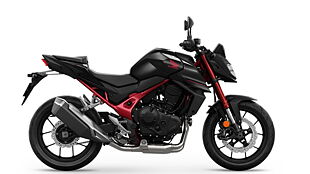
Honda CB750 Hornet
Expected price
₹ 11,00,000 onwardsExpected launch
October 2023
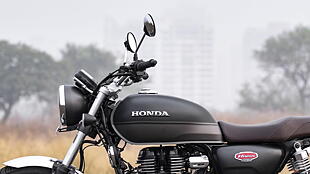
Honda CB350 Brigade
Expected price
₹ 2,00,000 onwardsExpected launch
August 2023

Honda CB1000R
Expected price
₹ 15,00,000 onwardsExpected launch
August 2023
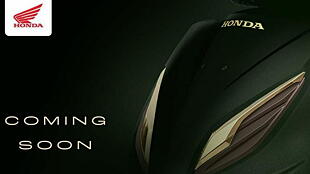
Honda Activa 7G
Expected price
₹ 80,000 onwardsExpected launch
October 2023
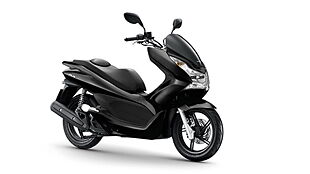
Honda PCX 125
Expected price
₹ 85,000 onwardsExpected launch
October 2023
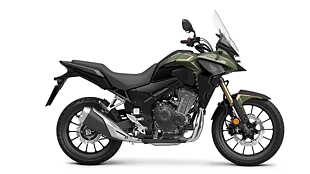
Honda CB500X
Expected price
₹ 6,90,000 onwardsExpected launch
October 2023
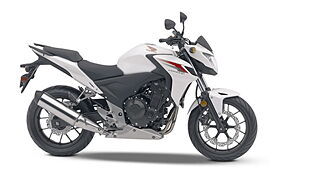
Honda CB500F
Expected price
₹ 4,80,000 onwardsExpected launch
November 2023
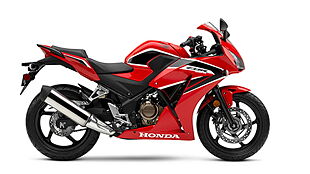
Honda CBR300R
Expected price
₹ 2,00,000 onwardsExpected launch
November 2023
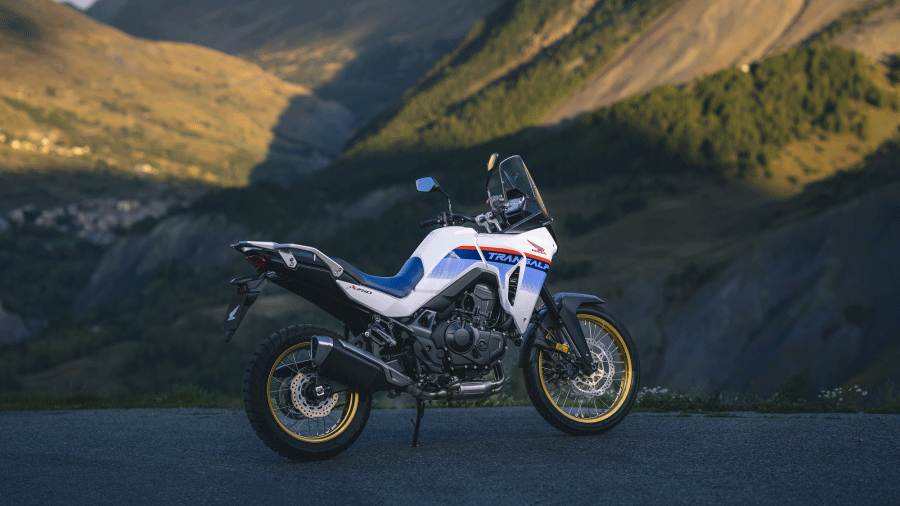
Honda XL750 Transalp
Expected price
₹ 13,00,000 onwardsExpected launch
December 2023
Here's a list of best Bikes

Royal Enfield Hunter 350
Avg. Ex-showroom price
₹ 1,49,900
Royal Enfield Classic 350
Avg. Ex-showroom price
₹ 1,93,080
Hero Splendor Plus
Avg. Ex-showroom price
₹ 72,465
Royal Enfield Bullet 350
Avg. Ex-showroom price
₹ 1,50,894
Honda Activa 6G
Avg. Ex-showroom price
₹ 76,826
TVS Raider 125
Avg. Ex-showroom price
₹ 91,356
Honda SP 125
Avg. Ex-showroom price
₹ 85,862
KTM 200 Duke
Avg. Ex-showroom price
₹ 1,92,936
Yamaha MT 15 V2
Avg. Ex-showroom price
₹ 1,65,903To get updates about
Please Tell Us Your Location
City
Area